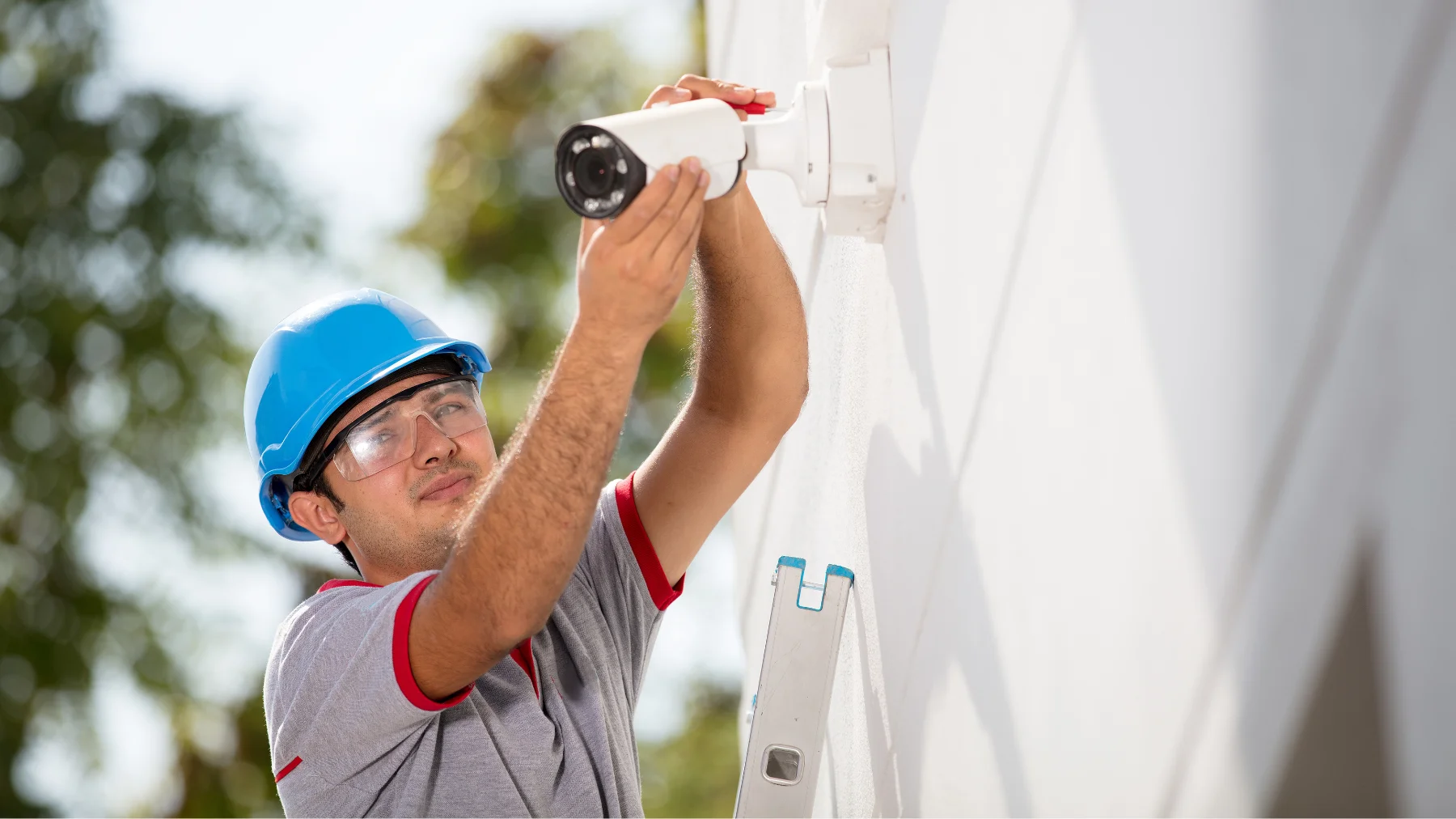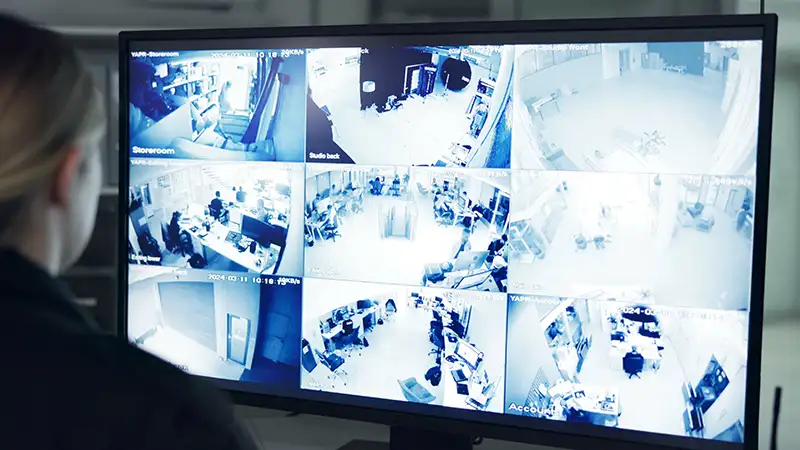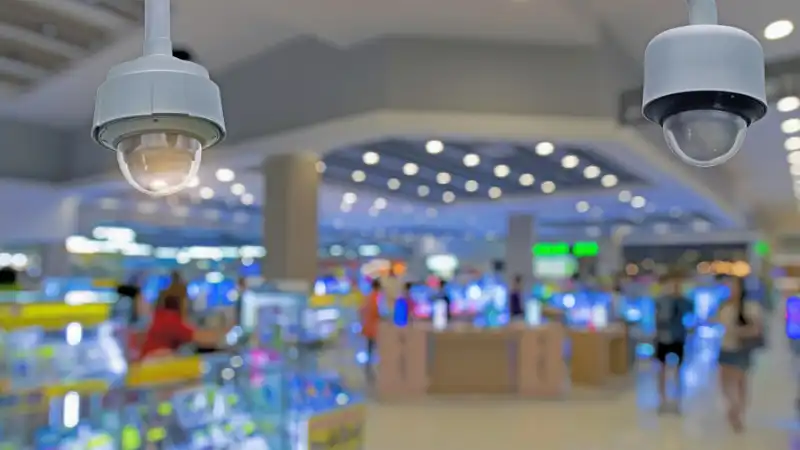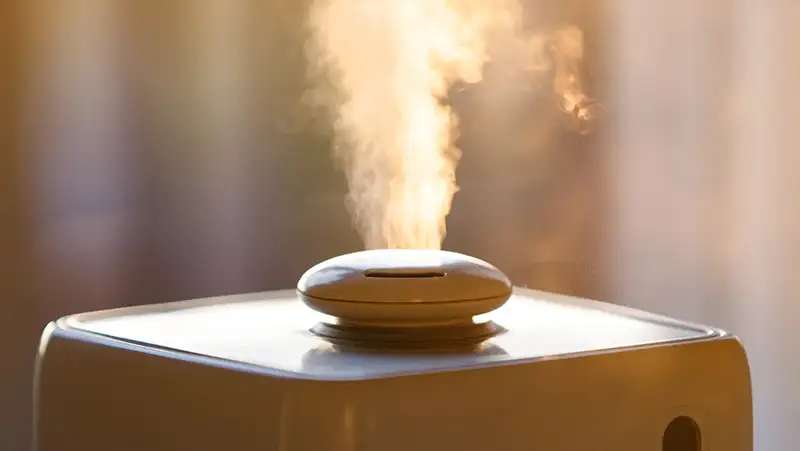
- May 14 2025
- |
- Reading Time: 4 Min
Drive Thru Equipment Lifespan: How Long Should Your System Last?
Reading Time: 4 minutesIf you operate a quick-service restaurant (QSR) or similar business, your drive-thru system is a significant revenue driver. But like any technology, drive thru equipment doesn’t last forever.
Many business owners and managers aren’t sure when to repair, upgrade, or fully replace their systems. Without clear guidelines, it’s easy to either:
-
- Overspend by replacing equipment too soon
- Or risk downtime and lost sales by waiting too long
Knowing the average lifespan of each component in your drive-thru system can help you budget wisely and avoid unpleasant surprises.
In this guide, we’ll explain:
-
- How long typical drive thru equipment should last
- Common signs that your system might be aging out
- When to repair, upgrade, or replace
- And how proactive maintenance can extend the life of your investment
By understanding these factors, you can make smart, cost-effective decisions that keep your drive-thru running smoothly and your customers happy.
What Makes Up a Drive-Thru System?
Your drive-thru system is made up of several components that work together to provide fast, accurate service for your customers. Typical equipment includes:
-
- Menu boards (static or digital)
- Speaker and microphone posts for two-way communication
- Order confirmation screens
- Headsets for staff
- Timing systems to monitor order speed
- POS integration
- Cameras or video tools (optional)
Each part plays a role in keeping your drive-thru efficient, reliable, and customer-friendly. Like any technology, each has a different expected lifespan.
Typical Lifespan by Drive Thru Equipment
While actual lifespans can vary based on usage, environment, and maintenance, here are the general expectations for the major components of a drive-thru system:
| Component | Average Lifespan | Notes |
| Static Menu Boards | 10+ years | Durable and low-maintenance. May last even longer. |
| Digital Menu Boards | 5–8 years | Brightness and tech features may decline over time. |
| Speakers & Microphones | 5–7 years | Audio quality can drop, especially with heavy use. |
| Order Confirmation Screens | 5–7 years | Outdoor exposure can shorten lifespan. |
| Headsets | 3–5 years | Daily wear-and-tear, especially batteries and wiring. |
| Timing Systems & POS | 5–8 years | Software updates may be needed sooner. |
| Cameras & Video Tools | 5–7 years | Environmental factors (heat, cold, moisture) impact longevity. |
Environmental factors such as extreme temperatures, humidity, and exposure to direct sunlight or heavy rain can shorten the lifespan of outdoor components.
Usage levels also play a role. High-traffic locations may experience faster wear and tear compared to lower-volume businesses.
(Tip: Just because a component still “works” doesn’t mean it’s performing at the level customers expect. Audio clarity, screen brightness, and system speed can all degrade before complete failure occurs.)
Use these lifespans to help budget for replacements before equipment performance affects customer experience or your bottom line.
5 Signs Your Equipment May Be Nearing the End
Even before equipment fails completely, there are warning signs that it’s time to consider repairs or upgrades. Here are the most common red flags:
1. Declining Performance
If your audio quality is poor, screens flicker or dim, or response times are slow, your equipment is likely nearing the end of its usable life.
2. Frequent Repairs or Downtime
When service calls and quick fixes become regular occurrences, it’s often a sign that the equipment is wearing out, and repair costs may soon exceed replacement value.
3. Compatibility Issues
New POS or timing systems may not integrate smoothly with older drive-thru hardware.
4. Visible Wear and Tear
Cracked casings, faded menus, and worn headsets are more than cosmetic issues. Physical damage often leads to performance problems.
5. Falling Behind Competitors
If nearby competitors offer faster, smoother, or more modern experiences, you risk losing customers even if your team is working hard to deliver great service.
(Tip: If you notice two or more of these signs, it’s time to consult an AV expert like Carolina Georgia Sound to assess whether repairs or replacements would be the smarter move.)
Should You Repair, Upgrade, or Replace?
It’s Best to Repair When:
-
- The issue is minor and affordable to fix.
- The equipment is still well within its expected lifespan.
- Repairs won’t cause significant downtime.
Small problems like headset wiring, speaker alignment, or software updates often fall into this category.
It’s Best to Upgrade Parts When:
-
- Specific components (like headsets or menu boards) are outdated, but the core system works well.
- You want to add new features (like order confirmation screens or digital menus) without overhauling everything.
- Your budget supports phased improvements.
Upgrades can extend the overall lifespan of your system while improving customer experience.
It’s Best to Go for a Full Replacement When:
-
- Multiple signs of aging appear across different components.
- Repairs are becoming frequent or costly.
- Compatibility issues are limiting efficiency or service quality.
- Replacement costs are approaching or exceeding 50% of the price of a new system.
A full replacement can also give you access to modern features like timing systems, AI-ready ordering, and remote management tools.
At Carolina Georgia Sound (CGS), we always provide honest assessments and will never recommend full replacement if a repair or upgrade is the better option for your business goals and budget.
Proactive Maintenance Can Extend Lifespan
While no equipment lasts forever, regular drive thru maintenance can significantly extend the life of your drive-thru system.
Here’s how to protect your investment:
-
- Routine inspections. Identify small issues, like worn cables or loose connections, before they cause bigger problems.
- Software updates. Keep POS integrations, timing systems, and digital menus running smoothly and securely.
- Cleaning and environmental protection. Clean outdoor components regularly and use weatherproofing where needed.
- Staff training. Train staff on proper use and basic troubleshooting to reduce wear and tear.
Here at CGS, we offer maintenance plans to help you avoid surprise breakdowns and keep your system running efficiently for as long as possible.
Why Work With CGS?
Your drive-thru system is critical to your business, but knowing when and how to maintain or upgrade can be challenging. That’s where we come in.
At Carolina Georgia Sound (CGS), we offer:
-
- Transparent advice. We’ll tell you whether a repair, upgrade, or full replacement makes the most sense for your budget and goals.
- Tailored solutions. No cookie-cutter packages. Just the right system for your size, traffic, and growth plans.
- Full-service support. From assessment and design to installation, staff training, and long-term maintenance.
- Future-ready planning. We help you invest wisely today while preparing for tomorrow’s technology needs.
We aim to help you keep your drive-thru running smoothly and efficiently without surprises or unnecessary expenses.
Think your drive thru equipment might be nearing the end of its lifespan?
Book a free consultation with a CGS expert. Let’s review your current system and explore the smartest next steps.
Recent Success Stories





![]()
Great team, excellent service. We highly recommend!
Georgetown Villas Llc.
Owner,
![]()
We’ve been enjoying the music of Carolina Georgia Sound here at Roundabouts for 10+ years now. They offer a wide variety of music from all genres at an affordable price. Customer service is very helpful and responsive.
Roundabouts Consignments.
Owner,
![]()
Very fast, considerate, respectful, knowledgeable, not to mention helpful. I would recommend them to everyone! I will continue to use them!!!!!







